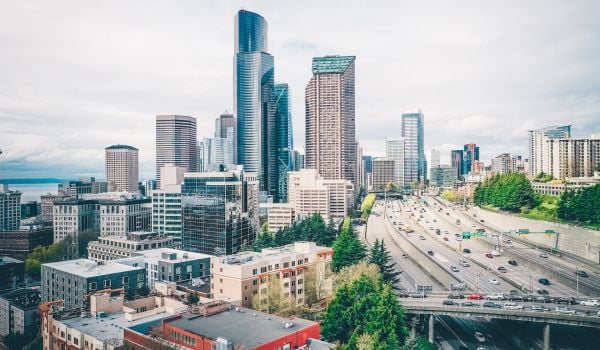“This is the urbanist myth that just won’t die,” Jasmine and Patrick of the YouTube channel Oh the Urbanity! proclaim.
This video dissects the commonly-held notion that the ideal building height is about five stories maximum. It’s Inspired largely by Danish designer and architect Jan Gehl’s landmark text Cities for People, in which he argues that taller buildings are out of scale with the human experience, writing “The natural starting point for the work of designing cities for people is human mobility and the human senses.” Human interaction, Gehl suggests, is only possible below 25 meters; too far above that, he says, and the contact interface changes to “views, clouds and airplanes.”
But this universal “optimal” or “ideal” building height isn’t based on any objective measure of what urban planners should be aiming for, Jasmine and Patrick rebut: “Our starting point for density is that buildings should be as tall as they need to be in order to provide abundant housing in places that people want to live.”
Now living in Vancouver, I’ve become very fond of its iconic point-and-podium towers as a perfect compromise. The streets here are filled with high-rise buildings – like, 20- to 60-stories tall – that are stepped back from the street and placed atop short “podiums” – roughly two to six stories high, typically comprising townhomes, retail and retaurants – that facing the street. The low-rise podiums extends all the way to the street, anchoring the buildings and create lively walkable neighborhoods that feel human-scale. The slimmer high-rise towers provide density that goes a long way toward meeting housing needs.
Watch the full video to hear Jasmine and Patrick’s full analysis, and be sure to check out Oh the Urbanity’s YouTube channel and Patreon.
Aysha Khan is the managing editor at Next City.
Follow Aysha .(JavaScript must be enabled to view this email address)





_600_350_80_s_c1.jpg)










Add to the Discussion
Next City sustaining members can comment on our stories. Keep the discussion going! Join our community of engaged members by donating today.
Already a sustaining member? Login here.